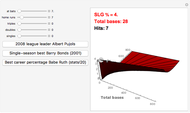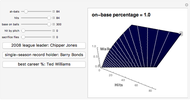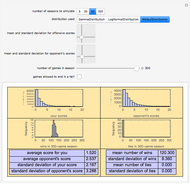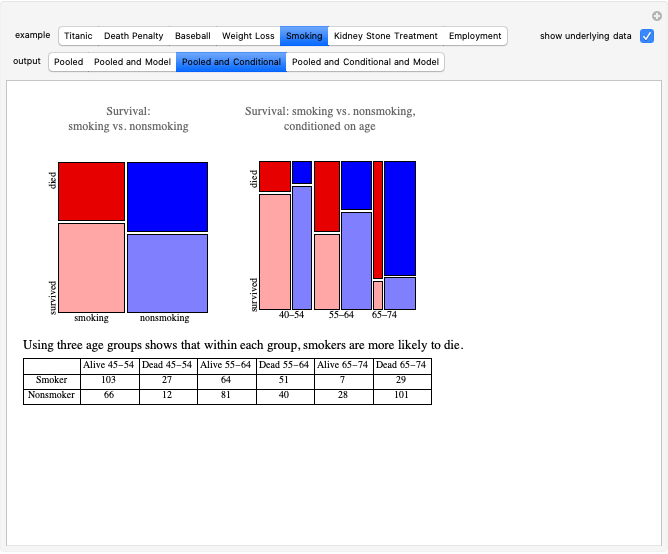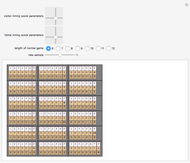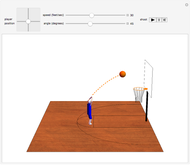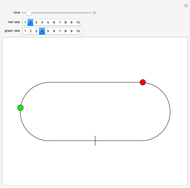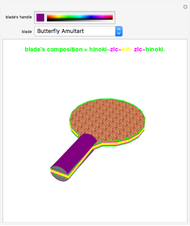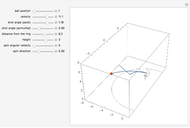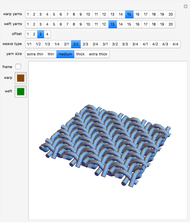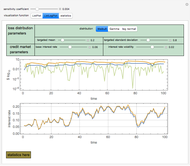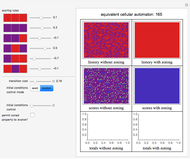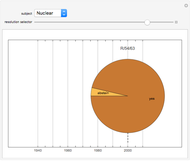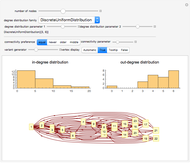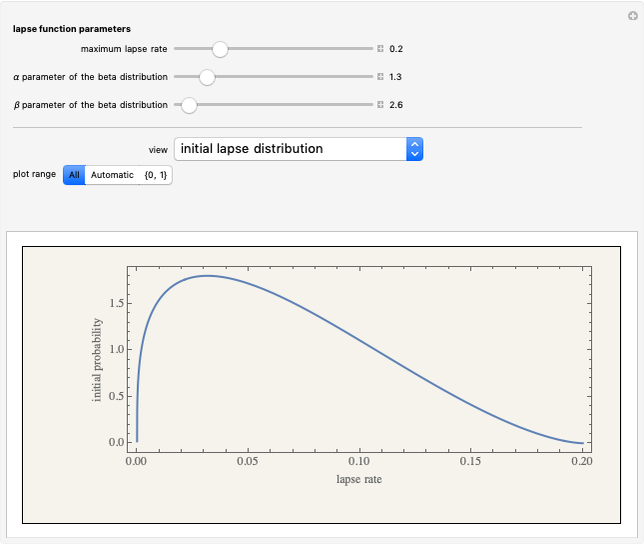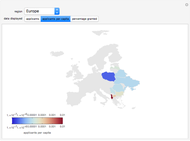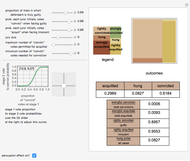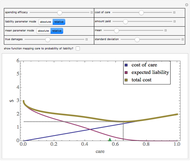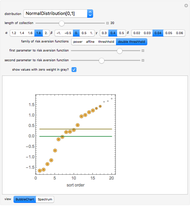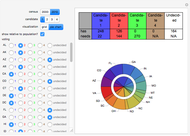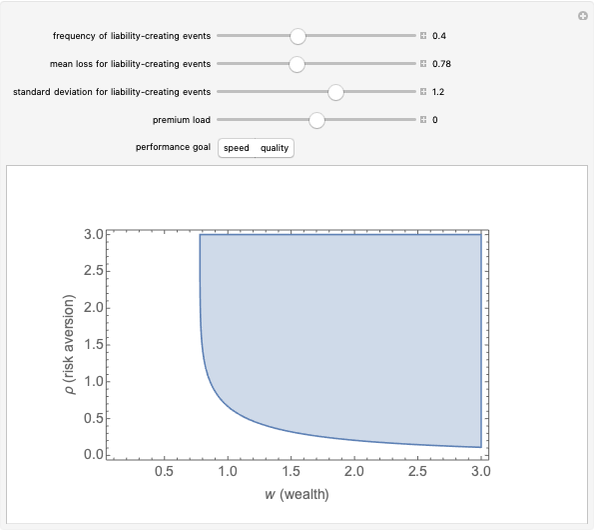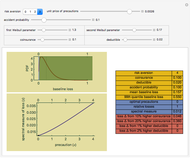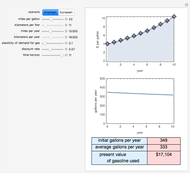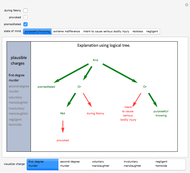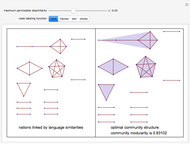Baseball without Swings

Requires a Wolfram Notebook System
Interact on desktop, mobile and cloud with the free Wolfram Player or other Wolfram Language products.
Consider a game modeled after American baseball that involves a "state" that will be altered in a complex way by a sequence of "pitches" that are randomly either a "strike" or a "ball" according to a user-specified ratio. The "state" of the game is an inning integer, an out integer, a run integer, a "line score" substate, a count substate, or a three-element base occupation substate. At the start of the game, the state is {1,0,0,{},{0,0},{False,False,False}}.
[more]
Contributed by: Seth J. Chandler (March 2011)
Open content licensed under CC BY-NC-SA
Snapshots
Details
This Demonstration is inspired by watching numerous Little League games and wondering how the team at bat would do if the batters were instructed never to swing at the ball.
There are a number of simplifications made in this simulation, including (1) the absence of batters gaining first base through being hit by a pitch and (2) the absence of stolen bases.
In the major leagues in the United States, approximately 62% of pitches would be strikes if not swung at.
The estimated winning percentage is computed through a bootstrap method in which two arrays (of user-determined dimensions) of random choices are drawn from the line score of the game. One array is for the visiting team and one array is for the home team. Each row of the array is then tallied to determine a final score for each team. The results are then compared game by game to calculate a winning percentage. Ties are discarded. To increase the accuracy of this method, increase the number of innings per game.
The estimated game time is computed as the sum for each team of the number of pitches multiplied by the time between pitches plus the inning change time multiplied by one minus the number of (half) innings.
This Demonstration could be used to optimize rules for baseball that varied depending on the expected skill levels of pitchers in throwing strikes. One could, for example, alter the number of balls per walk, strikes per game, or outs per inning that, for a given expected level of success of pitchers in throwing strikes, would result in traditional scores while permitting the game to move along swiftly.
Permanent Citation
"Baseball without Swings"
http://demonstrations.wolfram.com/BaseballWithoutSwings/
Wolfram Demonstrations Project
Published: March 7 2011






